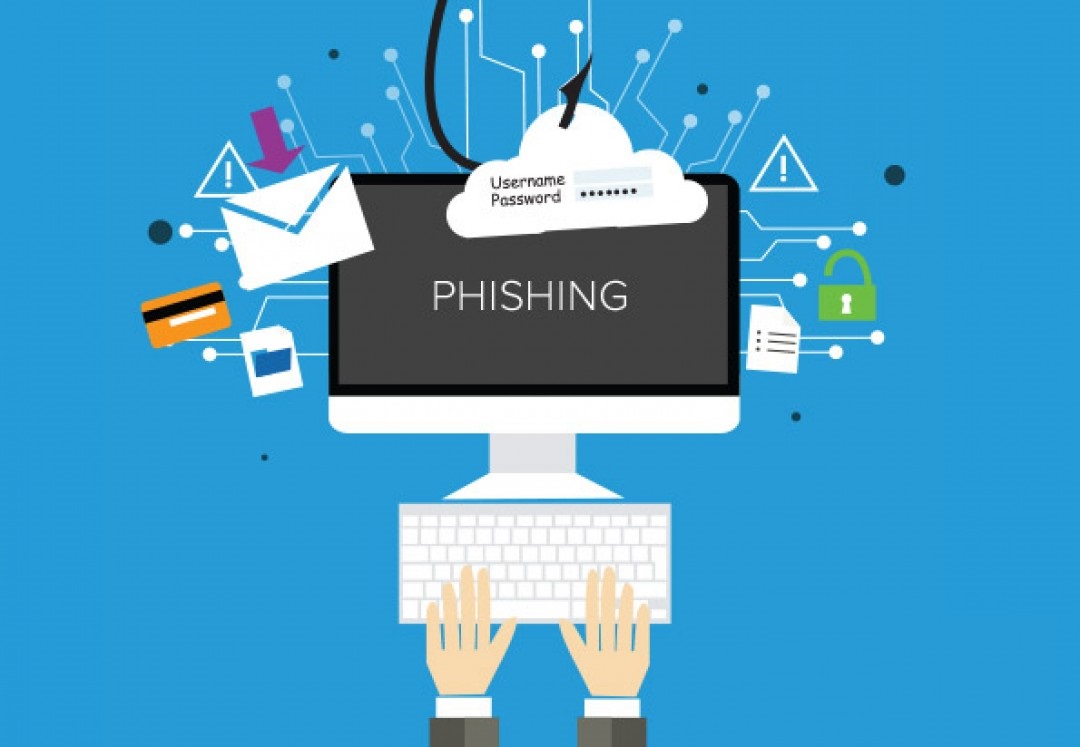One of the first ways to communicate is the use of email and messenger services (such as Skype, Twitter and Telegram, etc.).
Today, not only are these technologies used for day-to-day work, but also a way to communicate with friends and family. Since many people around the world are dependent on these technologies, using it as one of the first methods of hacker cybercrime attacks is called phishin
Phishing is a kind of attack in which you try to deceive you using messenger and email services to do something that should not be done.
These can be by clicking on the infected link, sharing the password, or opening an infected file in the email attachment. Hackers work hard to make the messages so convincing that triggering emotions such as curiosity and need for you; they can make the phishing message look like someone or place you know, for example. Posted by a friend or a company you are in contact with. Or maybe your bank logo will send you an email that appears legal. Hackers send such messages to millions. They do not know who will fall into this trap, what they know is that the more they send, the more they will have more.
In most cases, opening and reading an email or a good message. For a phishing attack to happen, hackers must ask you to do something by deceiving you. Fortunately, there are solutions that can be used to determine if an attack message is in place, we will look at the most common of these methods:
Inducing a sense of urgency, asking (immediate action) before something bad happens, such as threatening to close your account or imprisoning a person. The hackers ask you to do something in a hurry that causes a mistake.
Exerting pressure on you to ignore or circumvent policies or procedures at work
Creating a curiosity or feeling that looks too good to be true (no, you won not win).
Public greetings like (Dear customer) Most friends and companies know your name when sending messages.
Requesting highly sensitive information, such as a credit card number or password, or any information that only the law enforcement agencies need to know.
A message that arrives is sent from an official organization, while it contains bad grammar or spelling mistakes, or using the official email address, such as @ gmail.com.
The message comes from an official email address (for example your email address), while at the time of replying (Reply-to), the answer is sent to someone else’s personal address.
You get a message from the person you know, but the literature and type of text are not like his literature. If you suspect this, call the sender and make sure it has sent it. For hackers, creating a message that is similar to a message you receive from a friend or peer is a simple task.
Ultimately the best thing is to use common sense. If an email or a strange message appears to be suspicious or too good, it may be a phishing attack.
Source: sans


